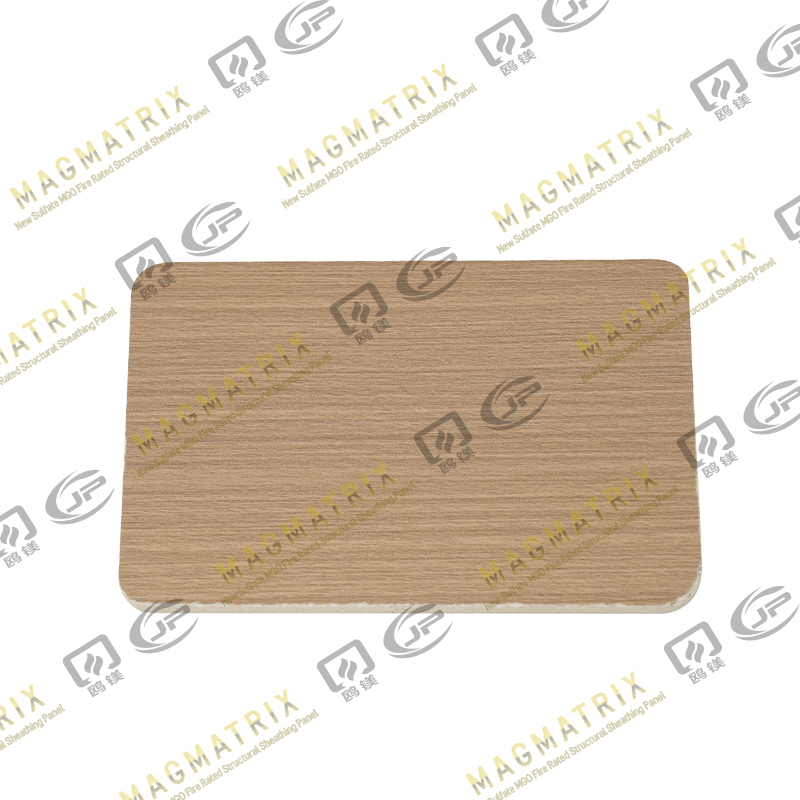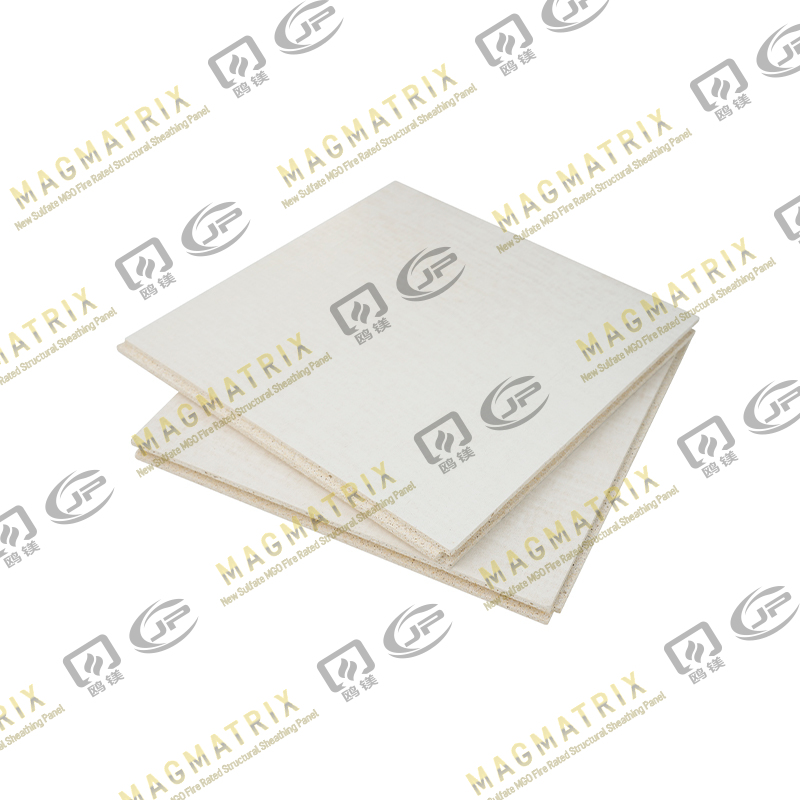
In an era where sustainability reigns supreme, builders and architects are actively seeking innovative materials that align with eco-friendly practices. Enter magnesium oxide board—an unsung hero in the world of construction. This versatile material not only boasts impressive durability and fire resistance but also contributes significantly to sustainable building solutions. As we explore the myriad benefits of magnesium oxide board, from its moisture-resistant properties to its ease of installation, you’ll discover how it can transform your projects while reducing your carbon footprint. Whether you’re a seasoned professional or a DIY enthusiast, this ultimate guide will equip you with the knowledge needed to unlock the full potential of magnesium oxide board, paving the way for a greener future in building. Join us on this journey to uncover why magnesium oxide board is not just a choice, but a smart investment for a sustainable tomorrow.
What is Magnesium Oxide Board?
Magnesium oxide board, commonly referred to as MgO board, is a type of sheathing board used in construction. It is made from magnesium oxide, a naturally occurring mineral, combined with other materials to create a durable and versatile building product. Over recent years, MgO board has gained popularity due to its unique properties that make it suitable for a wide range of construction applications. Unlike traditional building materials, MgO board is known for its fire resistance, moisture resistance, and environmental benefits, making it an attractive option for sustainable building practices.
One of the primary components of magnesium oxide board is magnesium, which is derived from magnesite, a mineral found abundantly in the earth's crust. This mineral is processed to produce magnesium oxide, which is then mixed with other materials such as wood fiber, perlite, and water to form a slurry. This mixture is then molded and cured to create sheets of MgO board. The resulting product is lightweight yet strong, with a smooth surface that can be easily painted or finished.
MgO board is often used as an alternative to traditional gypsum boards, plywood, and other sheathing materials. It is particularly favored in applications where high performance and sustainability are priorities. Whether used for interior walls, exterior cladding, or flooring, MgO board offers a combination of strength, durability, and environmental benefits that make it a compelling choice for modern construction projects.
Key Benefits of Using Magnesium Oxide Board
One of the standout benefits of magnesium oxide board is its exceptional fire resistance. Unlike traditional materials such as gypsum or wood, MgO board does not combust or emit toxic fumes when exposed to fire. This makes it an ideal choice for buildings where fire safety is a top concern. In fact, MgO board has been tested and certified to meet stringent fire safety standards, providing peace of mind to builders and occupants alike.
Another significant advantage of MgO board is its resistance to moisture and mold. Unlike gypsum boards, which can absorb water and become a breeding ground for mold, MgO board is highly resistant to water absorption. This makes it suitable for use in damp and humid environments, such as basements, bathrooms, and kitchens. The moisture resistance of MgO board also means it maintains its structural integrity and does not degrade over time, even in challenging conditions.
In addition to its fire and moisture resistance, MgO board offers excellent durability and longevity. It is resistant to impact, pests, and weathering, making it a robust and long-lasting option for various construction applications. MgO board's durability translates to lower maintenance costs and a longer lifespan for buildings, contributing to the overall sustainability and cost-effectiveness of construction projects.
Environmental Impact and Sustainability
The environmental benefits of magnesium oxide board are a major factor in its growing popularity among eco-conscious builders and architects. One of the primary sustainability advantages of MgO board is its relatively low carbon footprint compared to traditional building materials. The production process for MgO board generates fewer greenhouse gas emissions, making it a more environmentally friendly option.
Moreover, magnesium oxide is a naturally occurring mineral that is abundant and widely available. Its extraction and processing have a lesser environmental impact compared to the mining and manufacturing of other building materials like cement and gypsum. Additionally, MgO board can be recycled at the end of its useful life, further reducing its environmental impact and contributing to a circular economy.
Another key aspect of MgO board's sustainability is its contribution to healthier indoor air quality. Traditional building materials can emit volatile organic compounds (VOCs) and other harmful chemicals, which can negatively impact indoor air quality and occupant health. MgO board, on the other hand, is free from such emissions, making it a safer and healthier choice for indoor environments.
Comparison with Traditional Building Materials
When comparing magnesium oxide board to traditional building materials like gypsum board, plywood, and cement board, several differences stand out. For instance, while gypsum board is widely used for interior walls and ceilings, it is not fire-resistant and can easily become damaged by moisture. MgO board, with its superior fire and moisture resistance, offers a more resilient alternative.
Plywood, commonly used for structural sheathing and flooring, is susceptible to rot, mold, and termite damage. In contrast, MgO board is impervious to such issues, providing a longer-lasting and more durable solution. Additionally, plywood production involves the use of adhesives and formaldehyde, which can release harmful chemicals into the environment. MgO board does not contain these substances, making it a greener option.
Cement board is another material often used for exterior cladding and tile backer applications. While it offers good durability and moisture resistance, cement board is heavy and challenging to work with. MgO board, being lighter and easier to cut and install, provides similar benefits with added ease of use. Furthermore, the production of cement board involves significant carbon emissions, whereas MgO board has a lower carbon footprint.
Applications of Magnesium Oxide Board in Construction
The versatility of magnesium oxide board makes it suitable for a wide range of construction applications. One of the most common uses is for interior walls and ceilings, where its fire resistance and moisture resistance provide significant advantages over traditional gypsum boards. MgO board can be used in residential, commercial, and industrial buildings, offering a safe and durable solution for wall and ceiling applications.
In addition to interior applications, MgO board is also used for exterior cladding and sheathing. Its resistance to weathering, pests, and impact makes it an ideal choice for exterior walls, providing a robust and long-lasting barrier against the elements. MgO board can be finished with various coatings and paints, allowing for a range of aesthetic options while maintaining its protective properties.
MgO board is also commonly used in flooring applications, particularly in areas prone to moisture and heavy traffic. Its high strength and resistance to water damage make it suitable for use in bathrooms, kitchens, and basements. Moreover, MgO board can be used as a substrate for tile and other flooring materials, providing a stable and durable base that enhances the overall performance of the flooring system.
Installation and Maintenance Tips
Installing magnesium oxide board is a straightforward process, but there are some best practices to ensure optimal performance and longevity. When cutting MgO board, it is essential to use proper tools, such as a carbide-tipped saw blade, to achieve clean and precise cuts. Wearing a dust mask and eye protection is recommended to protect against dust generated during cutting.
MgO board can be fastened using screws or nails, similar to other sheathing materials. It is important to use corrosion-resistant fasteners, such as stainless steel or galvanized screws, to prevent rust and ensure a secure attachment. When fastening MgO board, it is advisable to space the fasteners evenly and avoid overdriving them, as this can weaken the board and compromise its performance.
Sealing the joints between MgO boards is crucial to prevent moisture infiltration and ensure a seamless finish. Using a high-quality joint compound and fiberglass mesh tape can help achieve a smooth and durable joint. Additionally, applying a primer before painting or finishing the MgO board can enhance adhesion and provide a more uniform appearance.
Cost Analysis: Is Magnesium Oxide Board Worth It?
When considering the cost of magnesium oxide board, it is essential to evaluate both the initial investment and the long-term benefits. While MgO board may have a higher upfront cost compared to traditional materials like gypsum board, its superior performance and durability can result in significant savings over time. The reduced need for repairs and replacements, coupled with lower maintenance costs, makes MgO board a cost-effective choice in the long run.
Furthermore, the enhanced fire resistance and moisture resistance of MgO board can lead to potential savings on insurance premiums and damage repairs. Buildings constructed with MgO board are less susceptible to fire and water damage, reducing the risk of costly repairs and insurance claims. This can offset the initial higher cost and provide financial benefits to property owners.
Another factor to consider is the potential increase in property value associated with using sustainable and high-performance materials like MgO board. As awareness of environmental issues and sustainable building practices grows, properties built with eco-friendly materials are becoming more attractive to buyers. This can result in higher resale values and a better return on investment for property owners.
Case Studies: Successful Projects Using Magnesium Oxide Board
One notable example of a successful project using magnesium oxide board is the construction of a multi-story residential building in a coastal region. The project team chose MgO board for its resistance to moisture and mold, critical factors in the humid coastal environment. The use of MgO board not only ensured the durability of the building but also contributed to improved indoor air quality and occupant health.
Another case study involves a commercial office building that prioritized fire safety and environmental sustainability. The project incorporated MgO board for interior walls and ceilings, providing exceptional fire resistance and peace of mind for tenants. The building also achieved a high rating in green building certification programs, thanks in part to the use of MgO board, which contributed to the overall sustainability of the project.
In the realm of educational facilities, a school renovation project utilized MgO board to create a safe and healthy learning environment. The board's fire-resistant and non-toxic properties were essential in meeting stringent safety standards, while its ease of installation allowed for a smooth and timely renovation process. The project showcased the versatility and benefits of MgO board in creating modern, safe, and sustainable educational spaces.
Conclusion and Future of Sustainable Building Solutions
As the construction industry continues to evolve towards more sustainable practices, magnesium oxide board stands out as a material that aligns with these goals. Its combination of fire resistance, moisture resistance, durability, and environmental benefits makes it a compelling choice for a wide range of building applications. By choosing MgO board, builders and architects can contribute to a greener future while ensuring the safety and longevity of their projects.
Looking ahead, the adoption of MgO board is likely to increase as more professionals recognize its benefits and incorporate it into their building designs. Advances in manufacturing processes and material formulations will further enhance the performance and sustainability of MgO board, making it an even more attractive option for sustainable construction.
In conclusion, magnesium oxide board is not just a building material; it is a smart investment in the future of sustainable construction. Whether you are a seasoned professional or a DIY enthusiast, understanding the benefits and applications of MgO board can help you make informed decisions and contribute to a more sustainable and resilient built environment. Embrace the potential of magnesium oxide board and join the movement towards a greener and more sustainable future in building.
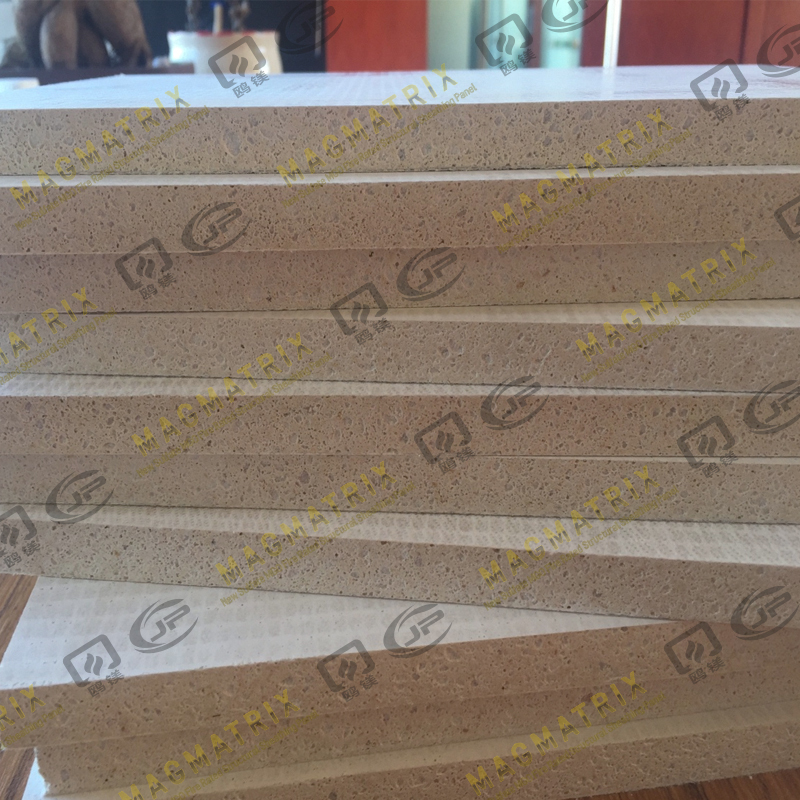 BMSC 517 New Sulfate MgO Board
BMSC 517 New Sulfate MgO Board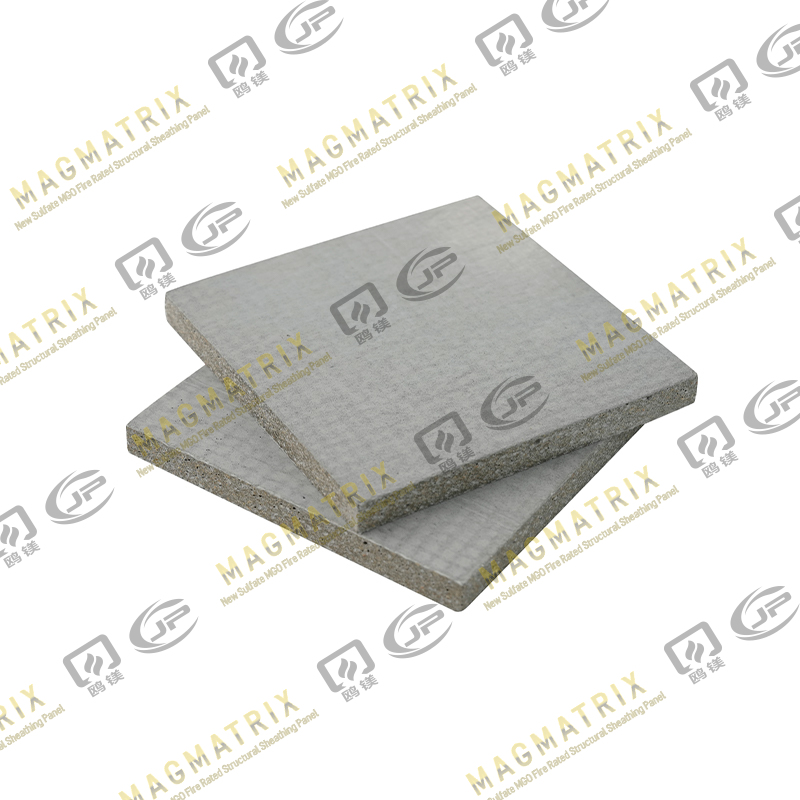 Multi-Support MgO Wall Sheathing Board
Multi-Support MgO Wall Sheathing Board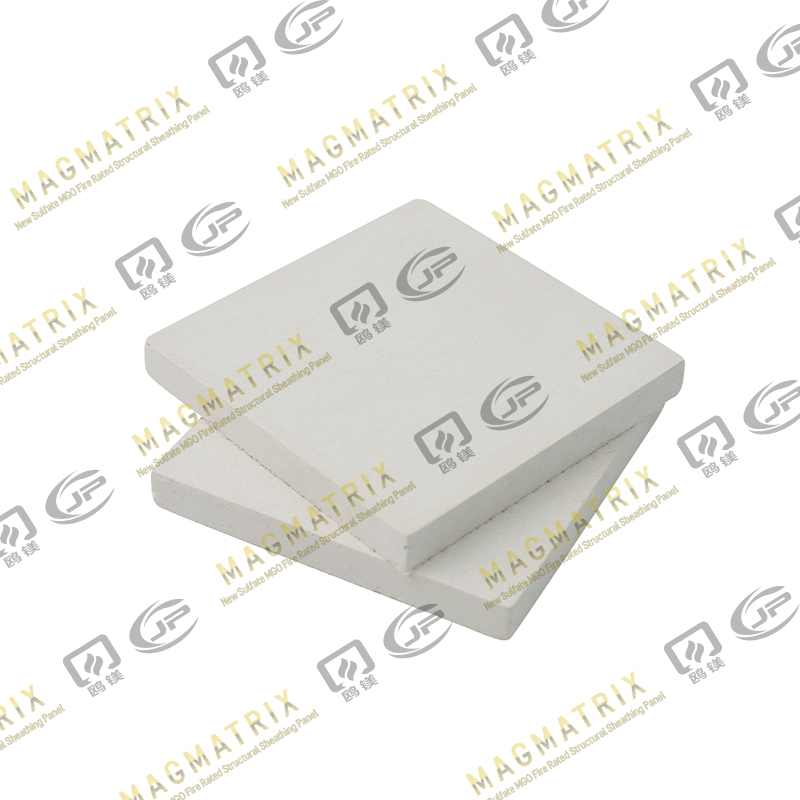 Perseverance MgO Wall Sheathing Board
Perseverance MgO Wall Sheathing Board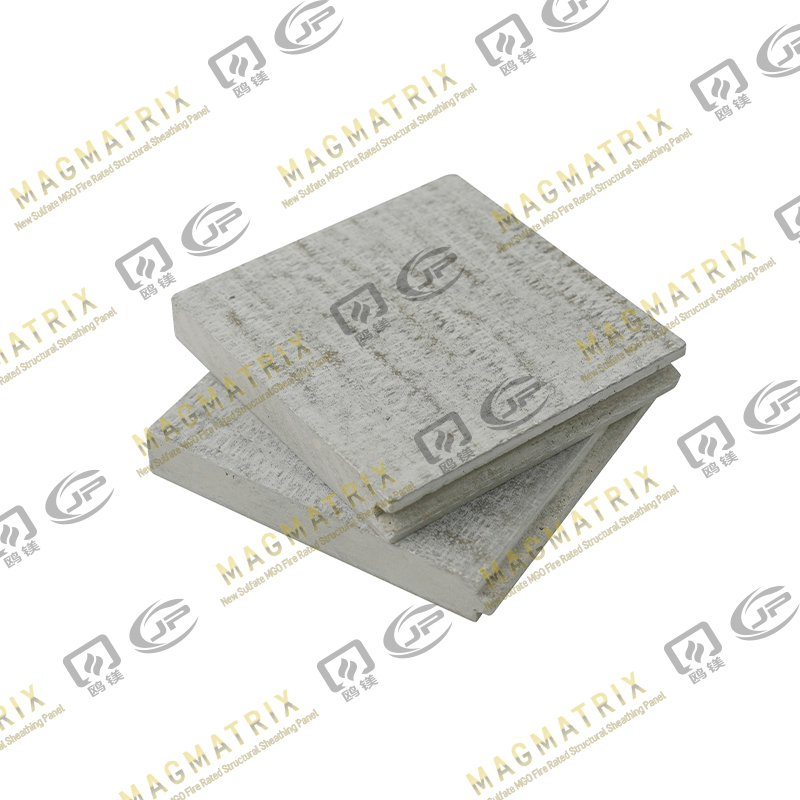 Multi-Support MgO Subfloor Sheathing Board
Multi-Support MgO Subfloor Sheathing Board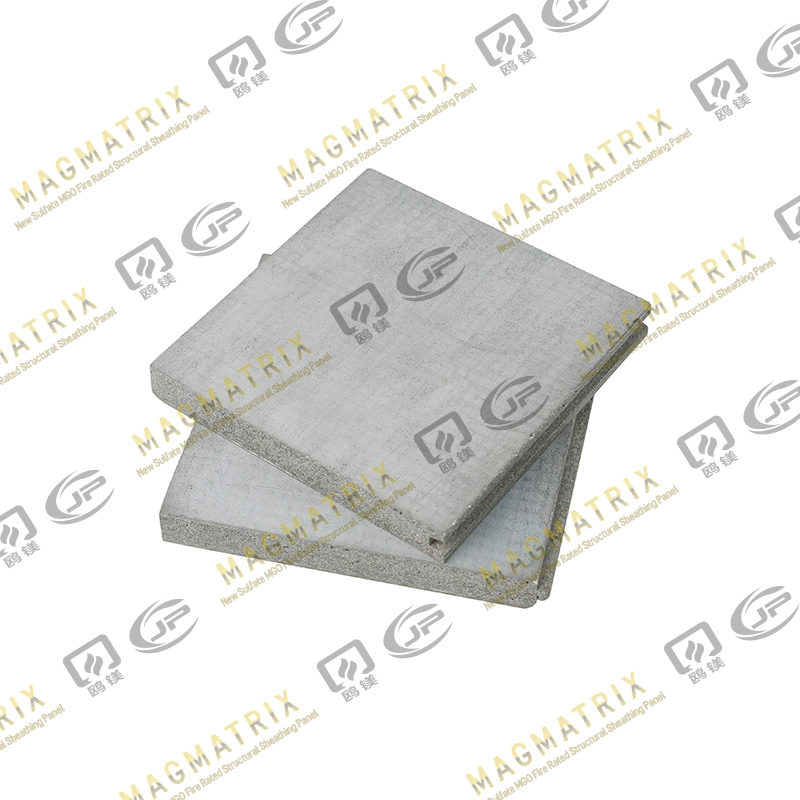 Perseverance MgO Subfloor Sheathing Board
Perseverance MgO Subfloor Sheathing Board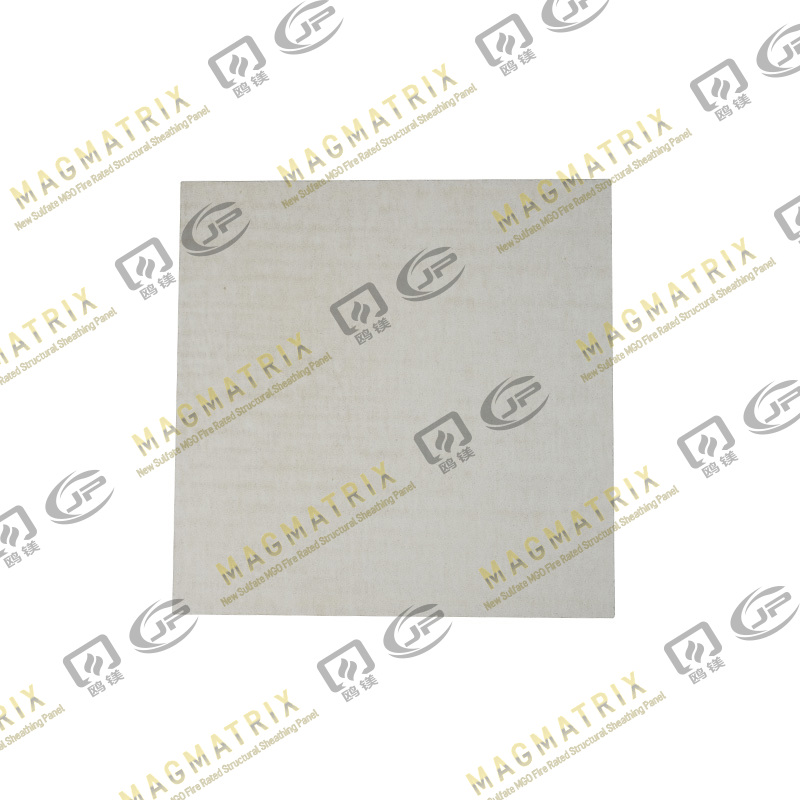 MagMatrix MgO Underlayment Panel/board
MagMatrix MgO Underlayment Panel/board


 English
English русский
русский Español
Español
